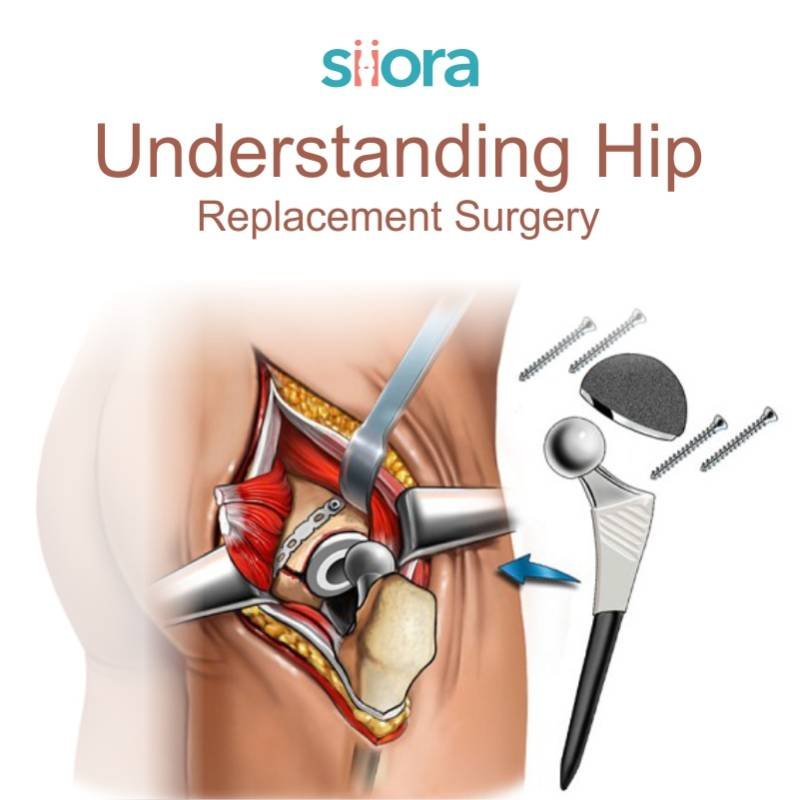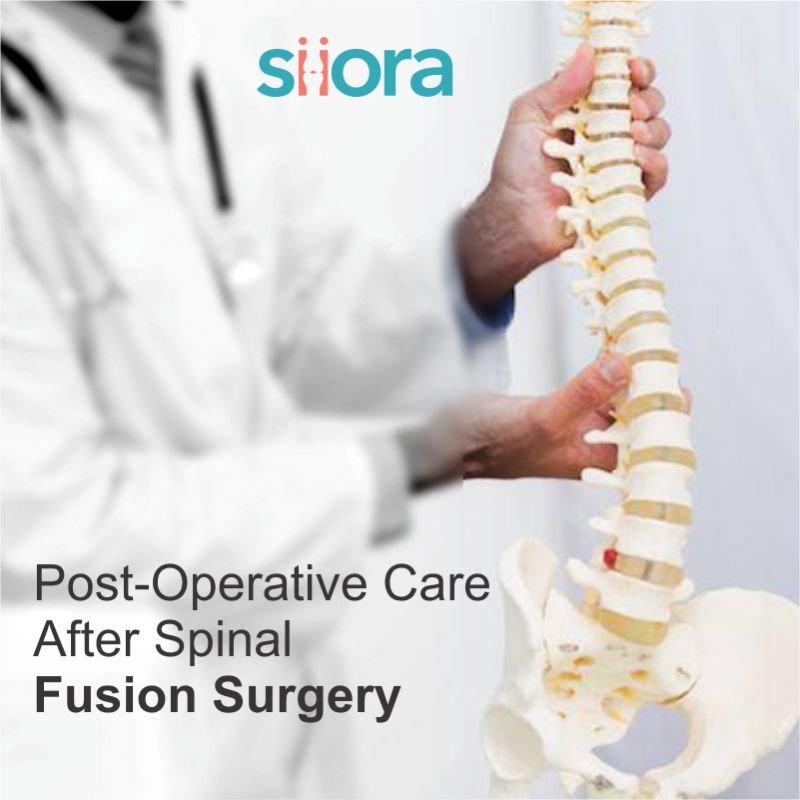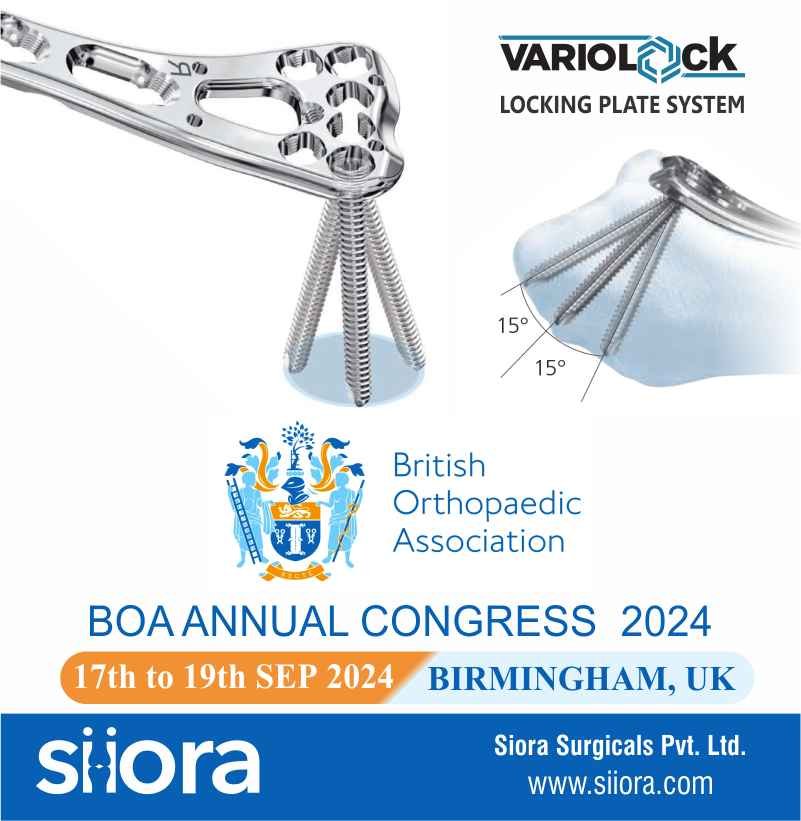The hip joint is among the most complex joints in our body that allows for a wide range of motion. However, when it hurts or stiffness sets in, it can significantly impact your daily life. Well, the field of orthopedics has solutions to almost all joint problems whether complex or simple. In this case, hip replacement surgery emerges as a potential solution, offering hope for a return to mobility and a decrease in discomfort. This is especially true for those with severe or irreversible hip joint problems. This surgery requires the use of a Hip replacement implant or hip prosthesis. In this blog, we will talk about the hip replacement surgery along with post-operative recovery.
Why do Some Need Hip Replacement?
Hip pain can occur because of various conditions, with arthritis being the most common one. Osteoarthritis, the wear-and-tear kind, and rheumatoid arthritis, an autoimmune disease, can damage the cartilage cushioning the hip joint. This leads to bone-on-bone grinding and excruciating pain. Other causes include hip fractures, avascular necrosis, and hip deformities.
When conservative measures like pain medication, physical therapy, and injections fail to provide adequate relief, and your hip pain significantly hinders your daily activities, hip replacement surgery becomes a viable option.
How Does Hip Replacement Work?
Hip replacement, also known as hip arthroplasty, is a surgical procedure where a specialist orthopedic surgeon replaces the damaged parts of your hip joint with artificial hip implants. The surgery typically involves:
General or regional anesthesia: To ensure comfort and minimize pain during the procedure.
Incision: The surgeon makes an incision on the front or side of your hip to access the joint. Minimally invasive techniques (arthroscopy) may use smaller incisions.
Removal of damaged bone and cartilage: The surgeon carefully removes the worn-out or damaged portions of the ball (femoral head) at the top of your thighbone and the socket (acetabulum) in your pelvis.
Hip implant placement: Artificial components of hip implants are plcaed to replicate a normal hip joint. These implants are usually made from a combination of metal, ceramic, and high-density plastic. The socket is typically replaced with a durable plastic liner, sometimes secured with a metal shell. The femoral head is replaced with a metal or ceramic ball attached to a stem that fits into the hollow of your femur.
Wound closure: Once the implants are securely in place, the surgeon closes the incision with stitches or staples.
What Are the Types of Hip Replacement Surgery?
There are two main types of hip replacement surgery:
Total Hip Replacement (Total Hip Arthroplasty)
This is the most common type, where both the ball and socket of the hip joint are replaced with artificial implants.
Partial Hip Replacement (Hemiarthroplasty)
In some cases, only the femoral head is replaced, leaving the natural socket intact. This procedure is typically used for fractures or specific types of arthritis.
What Recovery is Like After Hip Replacement Surgery?
While Hip replacement surgery is a successful procedure for many, recovery is a gradual process that requires discipline, dedication, and patience. Here’s how the recovery process may look like:
Hospital Stay
You’ll typically spend 2-4 days in the hospital following surgery. During this time, you’ll begin physical therapy to learn how to move your new hip safely and regain strength. In the case of minimally invasive surgery, hospital stays may be shorter.
Pain Management
Medication will be provided to manage pain. Discomfort is expected to decrease steadily over the first few weeks.
Physical Therapy
Rehabilitation is a crucial part of recovery. A physical therapist will guide you through exercises to improve your range of motion, strengthen the muscles around your hip, and help you regain mobility.
Home Recovery
Upon discharge from the hospital, you’ll continue physical therapy at home or in an outpatient setting. It’s important to follow your therapist’s instructions diligently to ensure proper healing and prevent complications. Following the surgeon’s instructions is crucial as well.
Returning to Activities
The timeframe for returning to daily activities varies depending on your overall health and the complexity of the surgery. Generally, most people can resume basic activities like walking within a few weeks. Whereas driving and returning to work may take 4-6 weeks. Strenuous activities may need to be limited or avoided altogether, depending on your surgeon’s recommendations. Above all, regular visits to surgeon’s appointments are important as well.
What Are the Tips for Optimal Recovery After Hip Replacement?
Pain Management
Take your pain medication as prescribed by your doctor.
Rest and Activity Balance
While essential to rest and allow your body to heal, gentle movement is crucial to prevent stiffness and promote healing.
Physical Therapy
Regularly attend your physical therapy sessions and diligently perform the prescribed exercises at home.
Preventing Blood Clots
Your doctor may recommend blood thinners to minimize the risk of blood clots after surgery.
Preventing Infection
Maintain good hygiene and follow your doctor’s instructions for wound care to prevent infection.
Assistive Devices
Utilize crutches, walkers, or a grab bar as recommended by your therapist to ensure safe movement during initial recovery.
Healthy Lifestyle
Maintain a healthy weight and diet to support healing and reduce stress on your new hip.
Hip replacement surgery is a major procedure. However, the success rate of these surgeries has significantly improved in recent years. Newer and better hip implants have arrived on the market. There is no doubt in saying that it is completely a safe procedure. Any possible complications regarding the surgery are clearly stated by the surgeon before surgery.
Siora Surgicals Pvt. Ltd. is a renowned manufacturer of Hip Replacement Devices and other range of CE-certified Orthopedic implants in India. The company keeps itself updated with the latest advancements in the market and follows all international standard guidelines while manufacturing implants. Being in this business for over 3 decades, Siora has proudly served clients in 50+ countries and it still is searching for more Orthopedic distributors in Dubai and other countries. The company is also known to be a trustworthy player in offering OEM/contract manufacturing services in the world.







